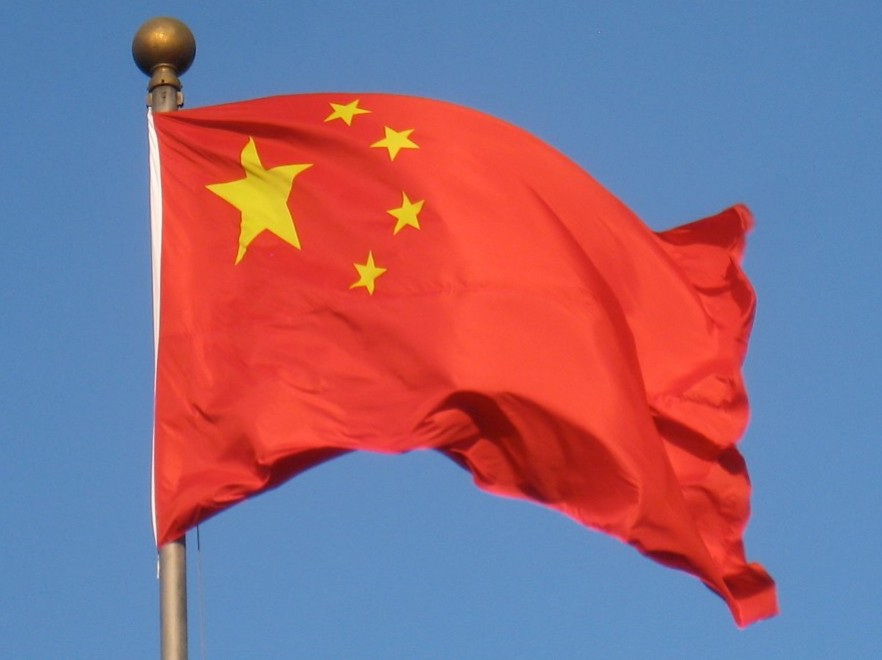German energy agency the Deutsche Energie-Agentur (Dena) has drawn up a list of recommendations about how the Chinese government can harness power purchase agreements – by which it means subsidy-free PPAs – to hit its renewable energy targets.
With China having applied mandatory renewable energy quotas to utilities for the first time this year, Dena said the two-year program should be made a permanent requirement and extended to all corporations. The German state-owned body said the world’s number one solar marketplace should also offer universal priority dispatch for renewable energy; break the monopolies held by state-owned grid and power companies; beef up its nascent green certificate scheme by linking it to FIT payments and the renewables quotas; link new grid infrastructure to PPA provision; and draw up a reliable legal framework for such contracts.
Quite why it is Germany offering the advice is not entirely clear, given the How to use PPAs for cost-efficient extension of renewable energies report acknowledges that at the time of going to press, only one corporate PPA was active in the state, for a 10 MW wind farm supplying energy to BMW in Leipzig. Yesterday’s report did, however, mention the 8.8 MW unsubsidized solar PPA signed by the BayWa re renewables unit of the German conglomerate which was due to begin construction of a power plant in June.
The Dena study examined the long experience of private PPAs in the U.S. and their more recent adoption in Europe, to inform its advice for China.
Renewables quotas
In May, China introduced its Mandatory Renewable Energy Consumption Mechanism, which from next year will impose a mandatory requirement for the purchase of renewable energy on state, provincial and private grid operators, electricity retailers, industrial entities with their own power generation facilities and large electricity consumers involved in bilateral energy trading.
The Dena report states PPAs could ease the process of acquiring clean energy for the affected entities. The mandatory quota is being applied this year and next to soak up renewable energy generation capacity but Dena said it should be applied longer-term and extended to all corporations, as has successfully been the case in Sweden, where large energy consumers have a minimum renewables requirement.
And the German energy agency said China’s new green certificate scheme should be more closely tied to those mandatory renewable energy quotas and to the variable feed-in tariff (FIT) prices which are now being determined by an auction mechanism in the solar superpower.
Pointing to the well-documented curtailment problems which have seen northern and western Chinese renewable energy hotbeds such as Gansu province fail to transfer energy to centers of demand on the eastern coastal cities, Dena pointed out virtual PPAs (VPPAs) could help solve such spatial headaches.
Curtailment solution
VPPAs are price hedges where the renewable energy generator and buyer sell and buy on the wholesale market, rather than between themselves. The parties sign an agreement committing the buyer to pay the clean energy generator the difference in price between the renewable energy and the wholesale electricity price when the latter is cheaper, and vice versa. The hedge nature of the transaction puts few location-linked restrictions on the two parties.
Some limited adoption of PPAs seems certain, with Beijing having ordered power companies to procure renewable energy on 20-year deals from ‘grid parity’, unsubsidized projects as part of the government’s drive for subsidy-free clean energy. However, the Dena report advised the authorities to break the stranglehold the big five state-owned power companies and large public grid operators have on the transmission, distribution and retail of electricity in order to let smaller operators have a slice of the pie, most easily through the adoption of PPAs.
Those same power companies recently succeeded in persuading Beijing to introduce a variable element to the electricity price, to replace the current practice of having a uniform price determined by the authorities each year, prompting fears cheaper coal-fired power could undercut renewables.
Priority for clean power
The German energy agency also recommends widening priority dispatch in China to all renewables, rather than select subsidy-free projects in specified regions, and suggested such priority could be linked to PPA adoption.
Dena noted China introduced eight pilot project electricity spot markets in June and suggested rolling out such trading systems across the nation would also encourage more competitively-priced PPAs.
And, inevitably for an industry report, there was a recommendation based on paperwork and policy support, with the German agency calling for a proper legal framework to support the drawing up of PPA contracts which could ease the process and draw on the extensive experience of such practices in the U.S.
It remains to be seen whether Beijing will take note of the points raised and Dena will surely be hoping for PPA progress in its own back yard too, with Europe still a long way behind the U.S. when it comes to power purchasing experience and innovation.
This content is protected by copyright and may not be reused. If you want to cooperate with us and would like to reuse some of our content, please contact: editors@pv-magazine.com.




1 comment
By submitting this form you agree to pv magazine using your data for the purposes of publishing your comment.
Your personal data will only be disclosed or otherwise transmitted to third parties for the purposes of spam filtering or if this is necessary for technical maintenance of the website. Any other transfer to third parties will not take place unless this is justified on the basis of applicable data protection regulations or if pv magazine is legally obliged to do so.
You may revoke this consent at any time with effect for the future, in which case your personal data will be deleted immediately. Otherwise, your data will be deleted if pv magazine has processed your request or the purpose of data storage is fulfilled.
Further information on data privacy can be found in our Data Protection Policy.